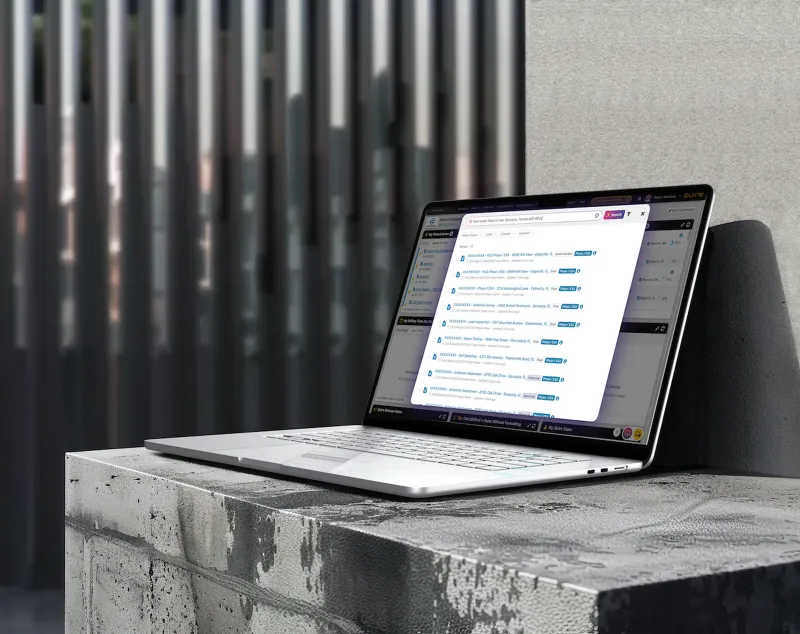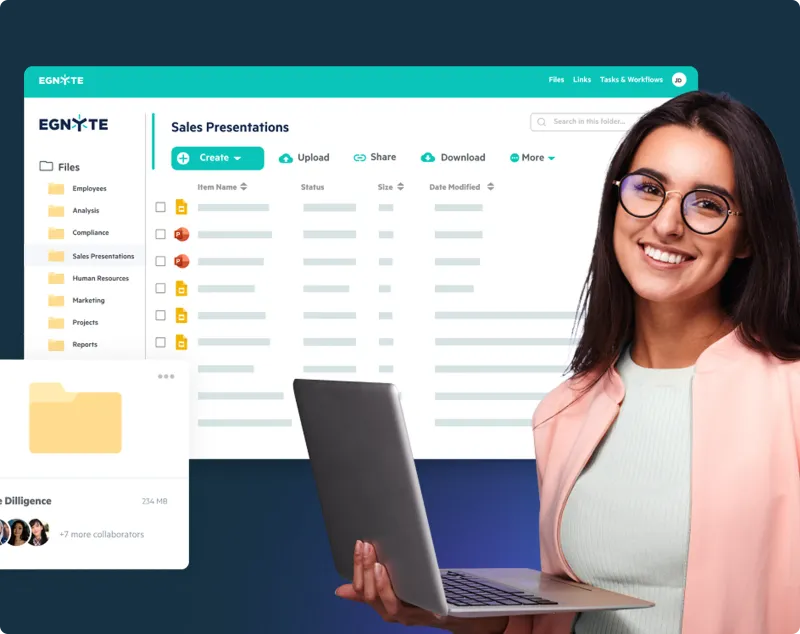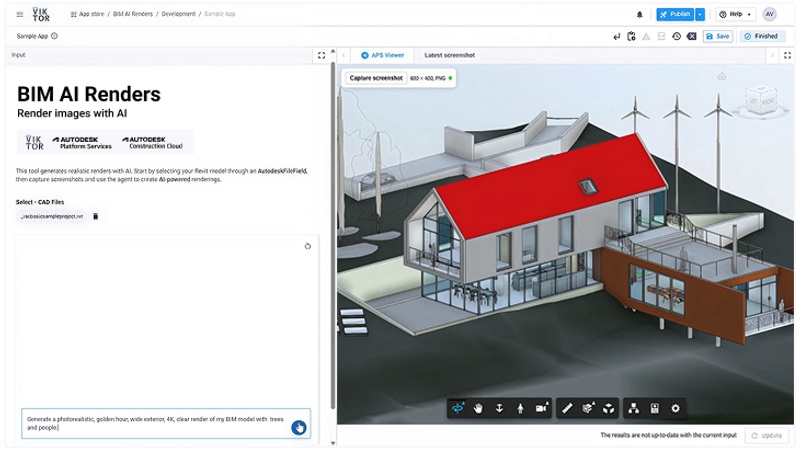Automating Firm Management in AEC: Meet BQE CORE
Anyone with experience in AEC project management would tell you how increasingly complex things can get before you fully build a building on its site. True, handling the many different streams of communication, tracking milestones, making financial decisions, streamlining operations, etc., and accommodating them all within a project's time and budgetary constraints, is bound to overwhelm any manager. Some would argue it is rather natural for a project to demand as much effort in coordination. But with the advent of tech tools in the AEC space, one starts to question if project management has to be this tedious and cumbersome.
In the ever-evolving world of architecture and engineering, firm management is undergoing a quiet revolution. At AEC+tech Talk #18, two voices from the forefront of this transformation—Chris Vernon, Director of Product Management at BQE Software, and Rachel Oleinick, Principal at Northworks Architects + Planners—share their journey of building and utilizing BQE CORE, a comprehensive business operations platform designed specifically for AEC firms.

Setting the Stage: A Need for Smarter Tools
Needless to say, it is time for AEC firms to be equipped with tools that support smarter project tracking, better financial decisions, and streamlined operations. As firms expand across geographies and project types, their tools must evolve too. That's exactly what BQE CORE aims to do.
Chris Vernon introduces BQE CORE as an all-in-one firm management platform built for AEC professionals, by AEC professionals. Founded by an architect and an engineer over two decades ago, CORE spans the entire project lifecycle: from proposals, resource planning, and time tracking to invoicing, budgeting, and analytics. What sets CORE apart, according to Chris, is its mission to empower teams to stay connected, aligned, and accountable, particularly in an increasingly distributed work environment.
Real-World Application: Northworks' Scaling Challenge
Rachel Oleinick offers a candid account of her firm’s growth and the growing pains that came with it. When she joined Northworks 10 years ago, the firm was a tight-knit team of 15 in a single Chicago office. Fast forward to today, and Northworks has expanded to over 75 staff across multiple U.S. locations.
“As we added more people and more offices,” she says, “our tools just couldn’t keep up. We were manually updating different spreadsheets and documents that didn’t talk to each other.”
The wake-up call came when a senior manager asked her a simple question: “How many pieces of millwork are in production on this project?” Despite having all the data scattered across various systems, Rachel couldn’t provide a quick answer. That moment sparked her interest in data analysis and firm-wide visibility, which eventually led to her discovery and adoption of BQE CORE.

Why BQE CORE?
Northworks' evaluation was rooted in unifying disparate processes. Their legacy systems included disconnected spreadsheets, outdated Gantt charts, and isolated billing tools. Rachel and her team wanted:
-
Consistency. A single source of truth for all project-related data
-
Visibility. The ability to see billing status at a glance without digging through six platforms
-
Scalability. What worked for 15 staff was breaking down at 75
“It was all doable when we were small,” Rachel explains, “but once we grew, it became unmanageable.” CORE's value proposition—centralizing budgeting, allocations, time tracking, invoicing, and staffing—was, in this case, truly a game-changer.
From Chaos to Clarity: Adoption and Implementation
The adoption of CORE was gradual and intentional: Northworks started with time and expense tracking, since it had a familiar learning curve. It wasn’t until about a year later that they fully transitioned to using allocations and forecasting within CORE, retiring their complex Excel-based system.
Rachel became the internal champion for CORE, leading trainings, adjusting processes to fit Northworks’ workflow, and making adoption collaborative rather than top-down. “I built a very complicated Excel tool,” Rachel admits. “It was intimidating to others, hard to maintain, and easy to break. CORE changed that. It gave everyone access and accountability.”
BQE CORE allowed Northworks to centralize and standardize critical performance metrics:
Budget adherence: Tracking actual time and expense against contract budgets.
Conversion rates: From leads to projects.
Regional trends: Monitoring slowdowns or growth in different office locations (e.g., Aspen vs. Florida).
Employee well-being: Monitoring excessive work hours and preventing burnout.
With CORE, Rachel runs weekly inter-office resource planning meetings where everyone looks at the same live data, bringing about a degree of alignment that drastically improves planning efficiency and transparency.

Key Features That Matter Most
Rachel and Chris go on to highlight several of BQE CORE’s powerful features that help small and medium-scale firms optimize their management abilities.
Time & Expense Tracking: Fast, mobile-friendly logging with automatic reminders.
Project Allocations & Forecasting: Map out workloads by role, office, or region, weeks or months in advance.
Billing Automation: Invoices tied directly to project milestones, reducing delays and improving cash flow.
Custom Dashboards & Notifications: Alert project leads when budgets are nearing limits or deadlines are approaching.
Rachel even mentions that she uses the CORE mobile app daily for tracking time and expenses, where she can snap photos of receipts on the go.
They also talk about features that will gradually be rolled out in upcoming releases, including embedded payroll management, advanced reporting with customizable PowerBI-style dashboards, deeper CRM and prospect-to-project conversion tracking, and AI-powered schedule optimization, among others.
Building a Collaborative Culture
Rachel underscores the human side of implementation: adopting new tools is about both the features and changing the office culture. “People say, ‘I want to analyze the time, but I don’t want to input it,’” she laughs. “You need champions in each office to drive adoption.”
She also emphasizes that firm leaders often don’t have formal business training. They’re architects first, and tools like BQE CORE make it easier for design professionals to manage the business side of their practices so they can focus on the work they love.
Chris happily highlights that BQE CORE supports firms of all sizes, from 3 to 300 people. Smaller firms benefit from foundational tools like time tracking, project scheduling, and billing, while larger firms use advanced features like the built-in CRM, advanced reporting and analytics, accounting module, and cross-office resource planning. The software is designed to scale with the firm.

The conversation between Chris and Rachel paints a picture of a software platform that’s both technically robust and deeply tuned to the real-world challenges and workflows of AEC firms. Whether it’s tracking a project's burn rate, cross-training junior staff, or ensuring client satisfaction, BQE CORE is shaping a new era of firm management grounded in visibility, accountability, and collaboration. With tools and platforms like BQE CORE, as we always say, there are some very exciting times ahead for the AECTech space!
To learn how your firm can benefit from BQE CORE, schedule a personalized demo.
Recent Articles
Learn about the latest architecture software, engineering automation tools, & construction technologies

Pioneering Technical Report Management (TRM™) for AEC Firms: A Quire Deep Dive
Learn how Quire founder Kelly Stratton is reinventing technical reporting in our latest aec+tech interview, where its purpose-built TRM™ platform, WordBank-powered standardization, AI-driven Smart Search, quality control, and the Lazarus knowledge engine come together to help AEC, environmental, and CRE teams cut reporting time and errors while unlocking their institutional expertise.

Moving to the Cloud: Egnyte’s Staged Approach for Architecture Firms
As projects grow, AEC firms are rethinking data management and collaboration. This article outlines Egnyte’s six-stage Architecture Cloud Journey—a practical roadmap for moving from on-premise systems to secure, collaborative cloud environments. From assessment to continuous improvement, it shows how to streamline workflows, strengthen security, and future-proof with AI-ready infrastructure.

SaaS Founders: Are You Timing Your GTM Right?
This article was written by Frank Schuyer, who brings firsthand experience as a founder in the software and SaaS world. In this piece, he explores how founders can unlock faster growth and stronger market traction by integrating go-to-market strategy (GTM) from the very beginning of product development—rather than treating it as an afterthought.

The VIKTOR App Builder: Putting Automation into Every Engineer's Hands
The VIKTOR App Builder is changing how engineers automate their work. Built on VIKTOR’s secure, enterprise-ready platform, it lets users turn calculations, checks, and post-processing tasks into shareable browser-based apps—no coding required. In this interview, CPO Stijn Jansen explains why the team created it, how it bridges no-code, low-code, and full-code workflows, and what it means for the future of AI-assisted engineering.